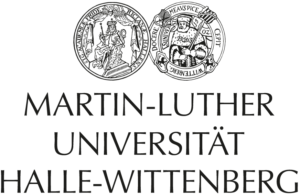Effects of the αC-relaxation for PEO and POM: Impact on Crystallization Process, Morphology and Reorganization Behavior
Depending on the presence or absence of an αC-relaxation it is possible to distinguish between crystal-mobile and crystal-fixed semi-crystalline polymers. Only crystal-mobile polymers own a certain chain mobility in the crystalline phase. In contrast to the crystal-fixed polymer Polycaprolactone (PCL), we analyze the impact of the αC-relaxation for two representatives of αC-mobile polymers, Polyethylenoxide (PEO) and Polyoxymethylene (POM), using different methods like SAXS and Flash-/DSC.
SAXS-measurements show that crystal-fixed polymers follow the expectations of classical crystallization theories. The crystal thickness is determined by the crystallization temperature Tc. In contrast the crystal-mobile polymers shows a thickening of the crystalline lamellae up to a minimal thickness of the amorphous regions, enabled trough the αC-relaxation. As a consequence, crystal-mobile and crystal-fixed polymers exhibit a different reorganization behavior during heating. The crystallization of PCL leads to the formation of marginally stable crystallites which constantly reorganize during heating, while in PEO and POM due to the presence of the αC-relaxation, much more stable (thickened) lamellar crystals form, which melt only at much higher temperatures. Crystallization at low temperatures on the other hand seems to suppress the αC-induced stabilization also in PEO.
Location: MLU, Von-Danckelmann-Platz 3, SR 1.09 Time: 3.30pm





One thought on “Talk by M. Schulz at MLU (May 16, 2017)”